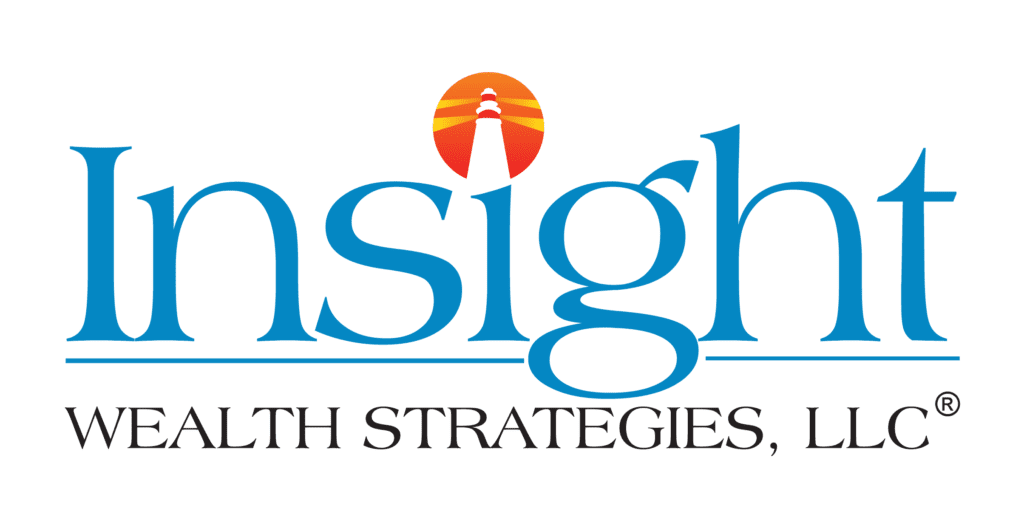Sequence of Returns
One of the biggest risks to a successful retirement plan is sequence of returns risk. Also known as timing risk, sequence of returns risk is the potential for lower or negative returns during the initial period in which the investor makes withdrawals from a portfolio. If left undefended, sequence of returns risk can significantly affect the outcome of a retirement plan.
Examples of Sequence of Returns
First, let’s understand what sequence of returns risk is. In the example below, we invest $100,000 each in two portfolios. In both portfolios, we withdraw $5,000 per year. Both portfolios earn an average arithmetic return of 4% over the next 15 years. In Portfolio A, we see ten years of initial positive returns followed by five years of negative returns. In Portfolio B, we see five years of initial negative returns followed by 10 years of positive returns. By year 15, Portfolio A has an investment value of $105,944, while Portfolio B has a balance of $35,889.

As shown in the examples above, sequence of returns can have a major impact on portfolios that are otherwise very similar. The initial poor performance of the market forces us to withdraw from the principal in our portfolio, creating permanent losses. Despite a strong market later on, we are unable to make up those initial losses. Poor markets during the initial years of your retirement can create a drag on your portfolio that can be difficult to overcome. If you plan to retire and the market is in a slump, you may simply choose to continue working until the environment changes. That option may not be possible for those who have already retired and then see poor markets in the first years of retirement.
Strategies to Mitigate Sequence of Return Risk
There are many strategies to address this risk, but one of the most important is realizing if you plan far in enough in advance, you can significantly improve your chances of a successful retirement. Risk should be taken when you are younger and never more than what you are comfortable with. As you approach retirement, you should take less and less risk in the market. Do not let your retirement goals rely on rate of return, especially if that return is not appropriate for your age or risk tolerance.
Instead, focus on investing in multiple differentiated investment vehicles that diversify not just the type of investment but taxation as well. Establish a reliable source of income in all three classifications of taxation: income taxable, capital gains taxable and tax-free. These steps could provide you with a greater opportunity to navigate sequence of returns risk.
The goal is to minimize risk while also providing yourself the opportunity needed to grow your wealth. Being knowledgeable about those risks and having a plan that addresses worst-case scenarios will lend to a stronger and steadier retirement plan.
Authored by: The Insight Wealth Strategies Team
Insight Wealth Strategies, LLC is a Registered Investment Adviser. Advisory services are only offered to clients or prospective clients where Insight Wealth Strategies, LLC and its representatives are properly licensed or exempt from licensure. Past performance is no guarantee of future returns. Investing involves risk and possible loss of principal capital. No advice may be rendered by Insight Wealth Strategies, LLC unless a client service agreement is in place.
Insight Wealth Strategies, LLC (IWS) and its affiliates do not provide tax, legal or accounting advice. This material has been prepared for informational purposes only, and is not intended to provide, and should not be relied on for, tax, legal or accounting advice. You should consult your own tax, legal and accounting advisors before engaging in any transaction.

